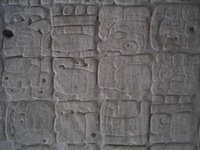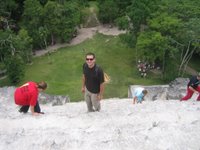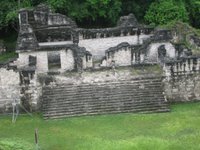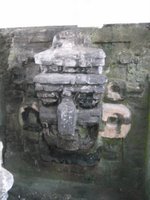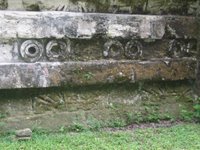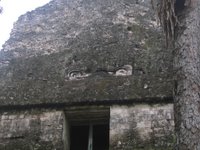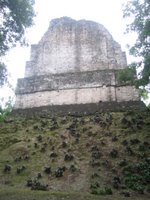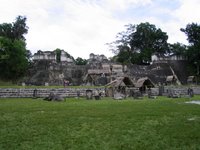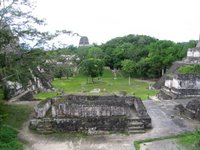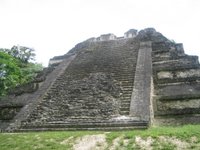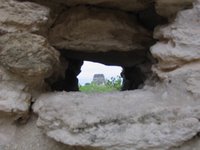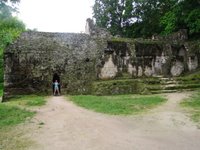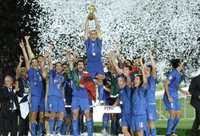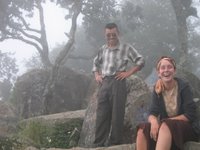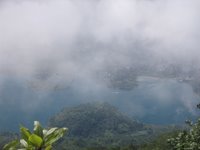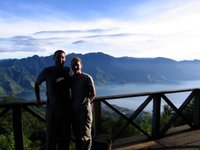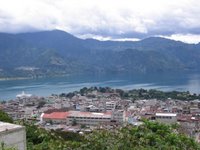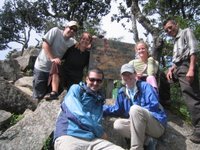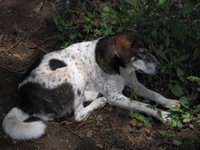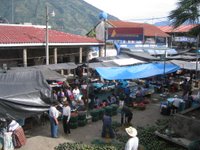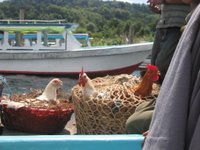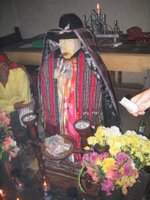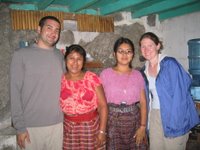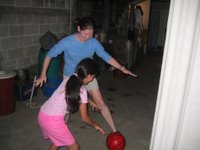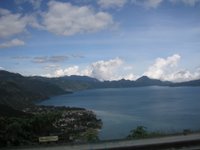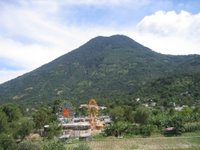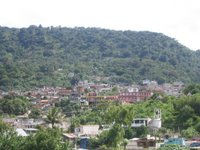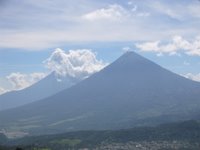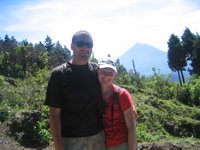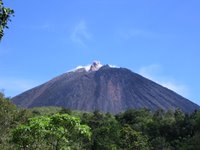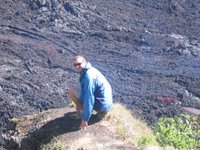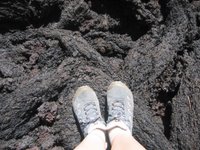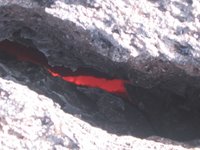Theory 1: Overpopulation
Proof shows that families were having up to 20 kids per couple. I think the range was about 10-20, but in any case, there were a LOT of kids being born into the Tikal area, particularly during the classical period. It is highly likely that there was just not enough food, water, and land for all of the people that eventually inhabited this area. In fact, deforestation and slash and burn agriculture (Mayans continuously planted the same crops in the same locations, the land was eventually worn out and they were not able to grow their crops any longer) badly damaged the land.
Theory 2: Drought
They relied on collected and pooled rain water; not rivers or lakes, to water crops, cook, and drink. Several periods of short drought occurred, but a long drought of more than two years would have been devastating to the already crowded area. Many believe that in the late 8th century a large drought occurred which may have lasted more than 5 years.
Theory 3: War
As was mentioned previously, the lower class consisted of 80% of the population. Eventually, as they had more and more children and were treated poorly, they revolted against the upper class in order to take over the land. In particular, the king made promises of rain and food and when times got tough, the people revolted against the king. In addition, neighboring tribes often invaded to acquire resources. The arrival of the Spanish also led to a huge amount of people leaving the area.
The Mayan people live on today, but unfortunately many of the languages and beliefs are quickly dissipating. This was a very educational trip for us, not to mention completely fascinating.
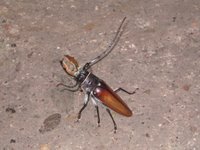


Although the Mayan empire is no longer at Tikal, there is a lot of life still here. For just a few examples: a huge beetle, a monkey playing on one of the temples, and the most colorful, beautiful turkeys I´ve ever seen.
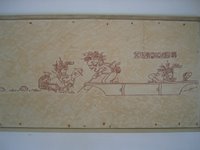
We also went to a closeby museum that had a few artifacts that have not been taken to other museums. Some of the coolest things were these teeny tiny paintings on bone or other materials. I was not able to get a good picture of the small paintings, but they are what the larger paintings were based upon. Incredible how they could paint this on such small objects.
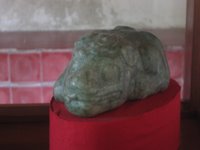
During the Mayan empire, there was a lot of jade in the area. Because of this, tons of jade has been found in the graves of the great rulers. A lot of it has been taken away to other museums, but a little bit remained here.
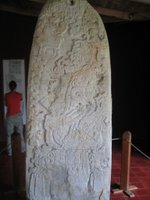
Many of these large stone carvings have been taken away from the Tikal structures so that they can be kept safe. This was one of the best ones that we saw. You can see the front and part of the back in these two pictures. There were also carvings on the sides of the stones. The symbols on the back were their form of writing.
